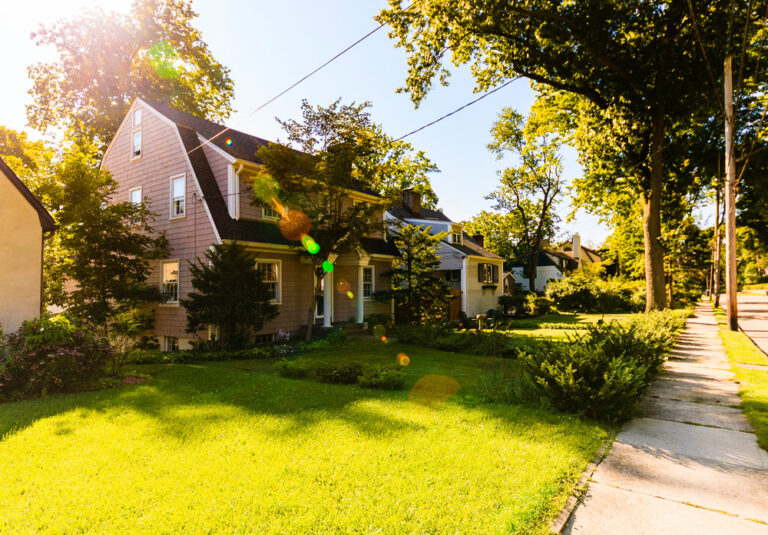Does every business need a blog? The answer depends on whom you ask. The decision to start a company blog, be it because you’re a lifestyle brand with tips to share or you have shareholders who want to follow along in real-time on business updates, should not be made lightly. And it shouldn’t be made without a plan.
Why?
Because an abandoned blog is a public failure. It tells people you’re not reliable. It tells people you’re not strategic. It tells people you lack follow through. It tells people you planned poorly — or not at all.
I’m not overstating the case. Think about the disconnect when a company announces it is launching a blog with all the excitement of an expectant parent announcing their pregnancy to friends and family (“We’re thrilled to announce…!”) only to have readers (read: potential clients and customers) find that there’s no (or little-to-no) there there. Sometimes the posts will actually end with that sole proclamation. Other times they die on the vine after a few short months.
As a reader, I can only wonder what happened. As a marketing strategist, I know what happened. They failed to plan and when you fail to plan, well, you can see where I’m going with this. Specifically, with my professional hat on, it lets me know they didn’t create a content strategy plan. They didn’t bake resources into their budget or headcount for someone to oversee the blog. They undertook it because it was a passion project of someone who is no longer with the organization. The brass didn’t see the value of content marketing after only a few small efforts with no results.
Whatever the reasons are and there are many more than what I’ve mentioned above, an abandoned blog is a bad look.
To start and stay the course with a company blog and content marketing, you need a mission. What purpose does the blog serve? Why are we doing it? Next, you need to get buy-in from leadership. If you’re going to do it, be sure decision makers are on board; they will provide support, especially financial, to be sure you’re set up for success.
Then you need a content strategy. What are your content pillars? What will you post? How often will you post? How will you distribute the content — on social? Via email? Are you putting paid support behind it? How much? How will you measure success (and that will be informed by the “Why are we doing it?” question)? You need an editorial calendar to be sure you’re hitting your content pillars. You’ll need a style guide that reflects your brand book to ensure the look and tone of the blog complement your larger web presence and to inform freelancers or in-house contributors.
And you need resources for staff to launch and maintain the blog (be sure there’s some redundancy so there isn’t just a single staffer with access and know-how), possible resources for freelance writers and photography and video as needed, a designer to work on the layout, and a WordPress developer (assuming you go with WordPress, which you absolutely should) to build out the site, maintain it, and give you all the bells and whistles you need, be it from keeping it secure to adding the least buggy plug-ins as needed.
So, what to do if you have indeed abandoned your blog? If the content doesn’t have any formidable traffic, if it doesn’t have SEO value, and if it isn’t linked to anywhere else on your site (and it isn’t a singular URL that is separate from your primary site), you might consider deleting it. Or begin again by reviving it with a fresh start — and a comprehensive plan.
If you’d like some help getting your blog back on course, just let us know.




